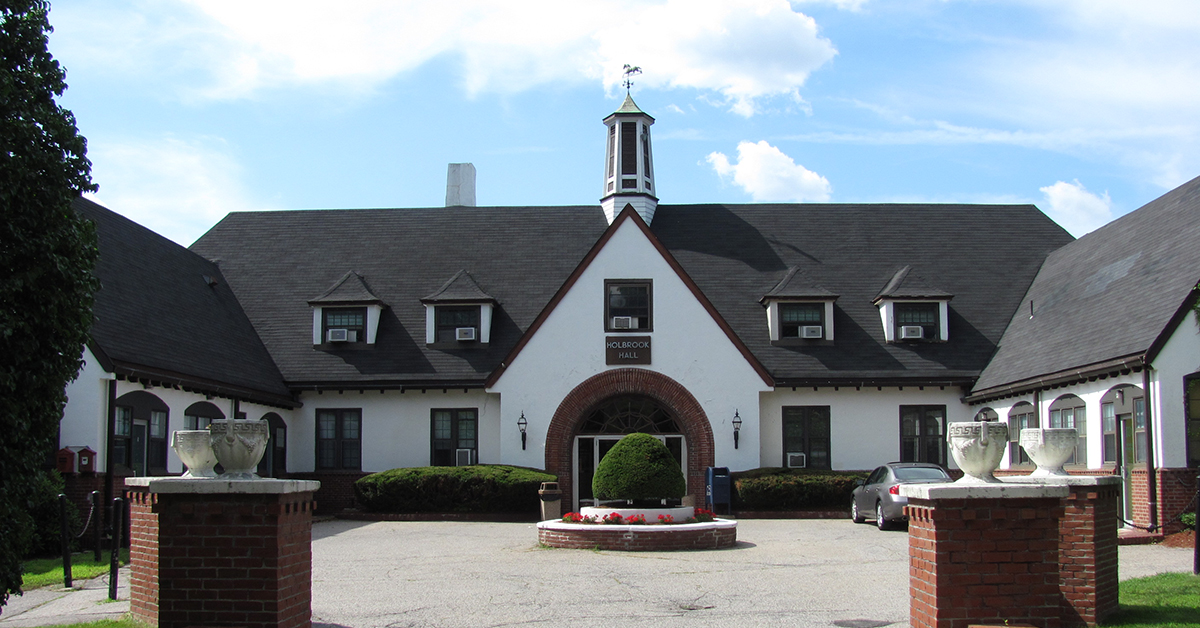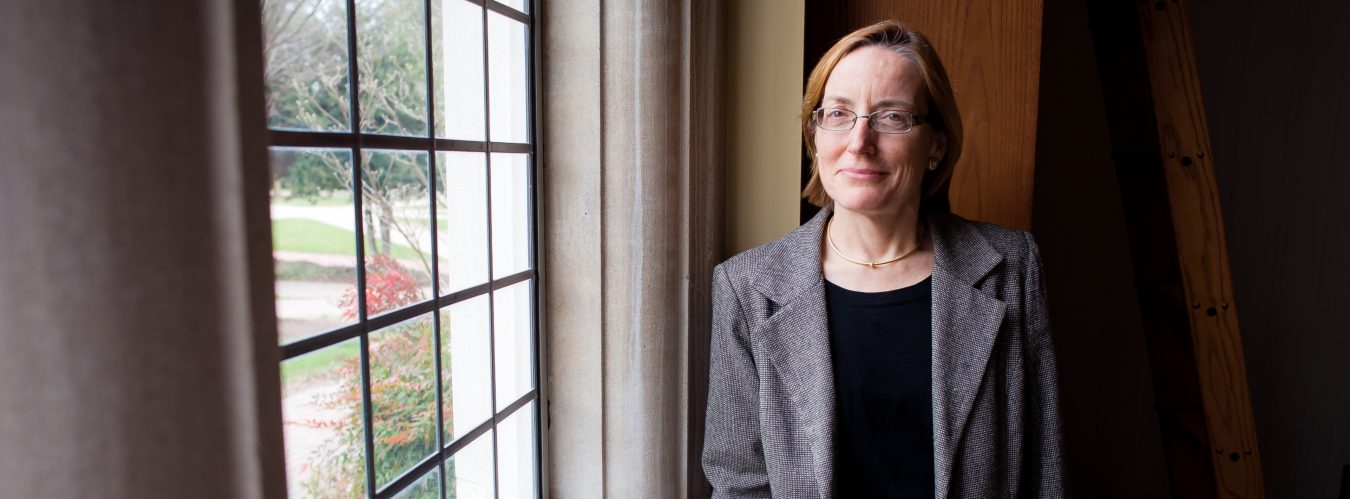
Several weeks ago I met with a University of Richmond alumnus who is thinking through how best to design materials and workshops for his team. His industry is characterized by a high level of creativity, competition, and constant change—change in terms of the industry structure itself (firms coming and going) and also in the nature of the work.
Leaders, faculty, and staff in higher education sometimes think they are insulated from abrupt change, but events of the last half decade suggest that is a woefully uninformed point of view. Consider, for example, the alarming number of private liberal arts colleges that have recently closed or made drastic changes in how they do business.
In Virginia, the back and forth with Sweet Briar College was an early wake-up call. Mount Ida College, near Boston, abruptly closed its doors last year. Also in the Northeast, Hampshire College fights to survive financially. A recent article in The Chronicle of Higher Education presages enrollment woes at other private colleges in the Northeast. The list of struggling colleges is long, and the news continues to highlight upcoming challenges.
The reasons for these challenges are many, but essentially the model for achieving fiscal stability in higher education has only a few levers: tuition, cost containment, and fundraising. Changing demographics and questions about the value of a traditional degree challenge the tuition side of things. Colleges adjust to target areas of population growth. They develop marketing strategies and career services programs to counter questions about the value of the degree.
Cost containment has also been a focus with the advent of online programs and reliance on contingent faculty. Yet small privates rarely have a competitive advantage in developing or delivering online programs, and faculty consequently resist these steps. Fundraising for the most part remains a strong, but also changing, option for colleges—indeed, it has been a major factor in keeping the smallest of schools afloat.
In the longer term, the situation will require leadership, something we at the Jepson School of Leadership Studies stress as being integrally connected to communication. The situation now facing higher education provides a case in point. First, we need leadership to communicate the immense importance of what we do at universities, not only in economic terms, where the data still show a significant monetary premium for a college degree, but also in terms of the well-being that comes with knowing things of substance.
Second, we need leadership to communicate to faculty, staff, parents, philanthropists, and students about the changes in our ever-evolving world. This latter is perhaps the greater challenge—leaders must convey both the urgency of the situation and search for new answers, models, and ideas that preserve what we seek to preserve while allowing us to change and remain viable over time.
For my part, I have several ideas about the way forward—stay tuned for future posts!
Photo of Mount Ida College by John Phelan – Own work, CC BY 3.0, https://commons.wikimedia.org/w/index.php?curid=15961213
